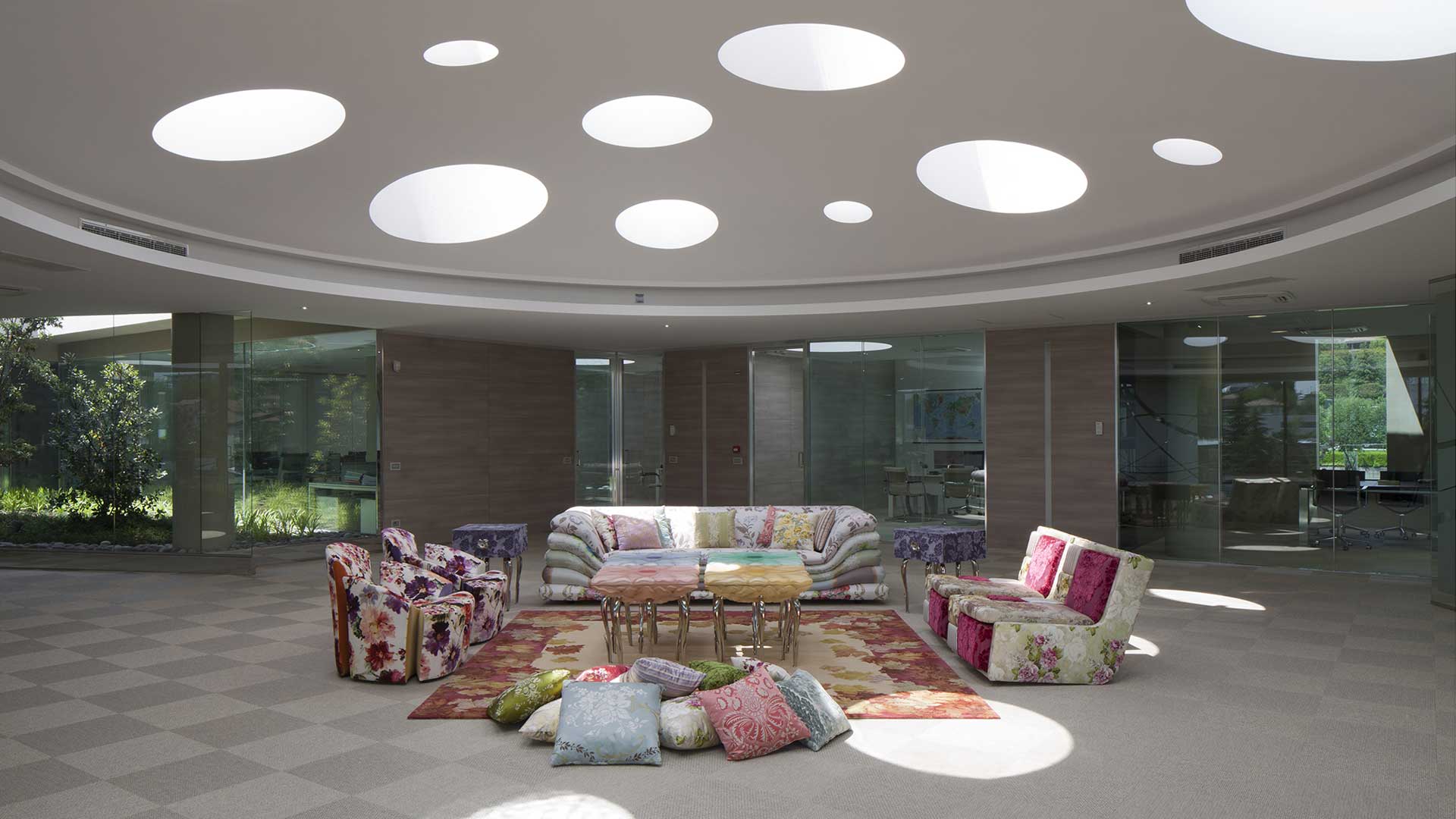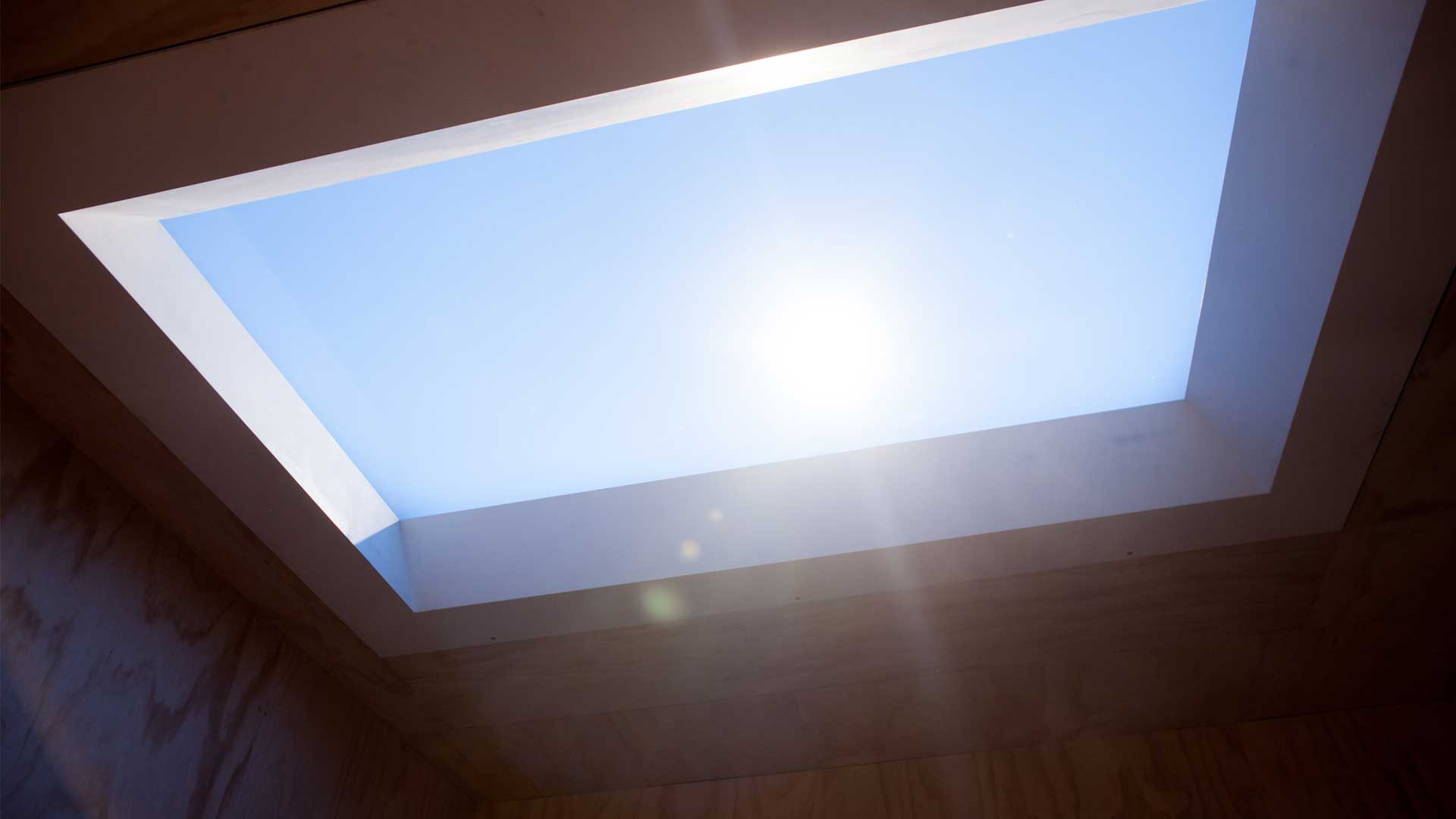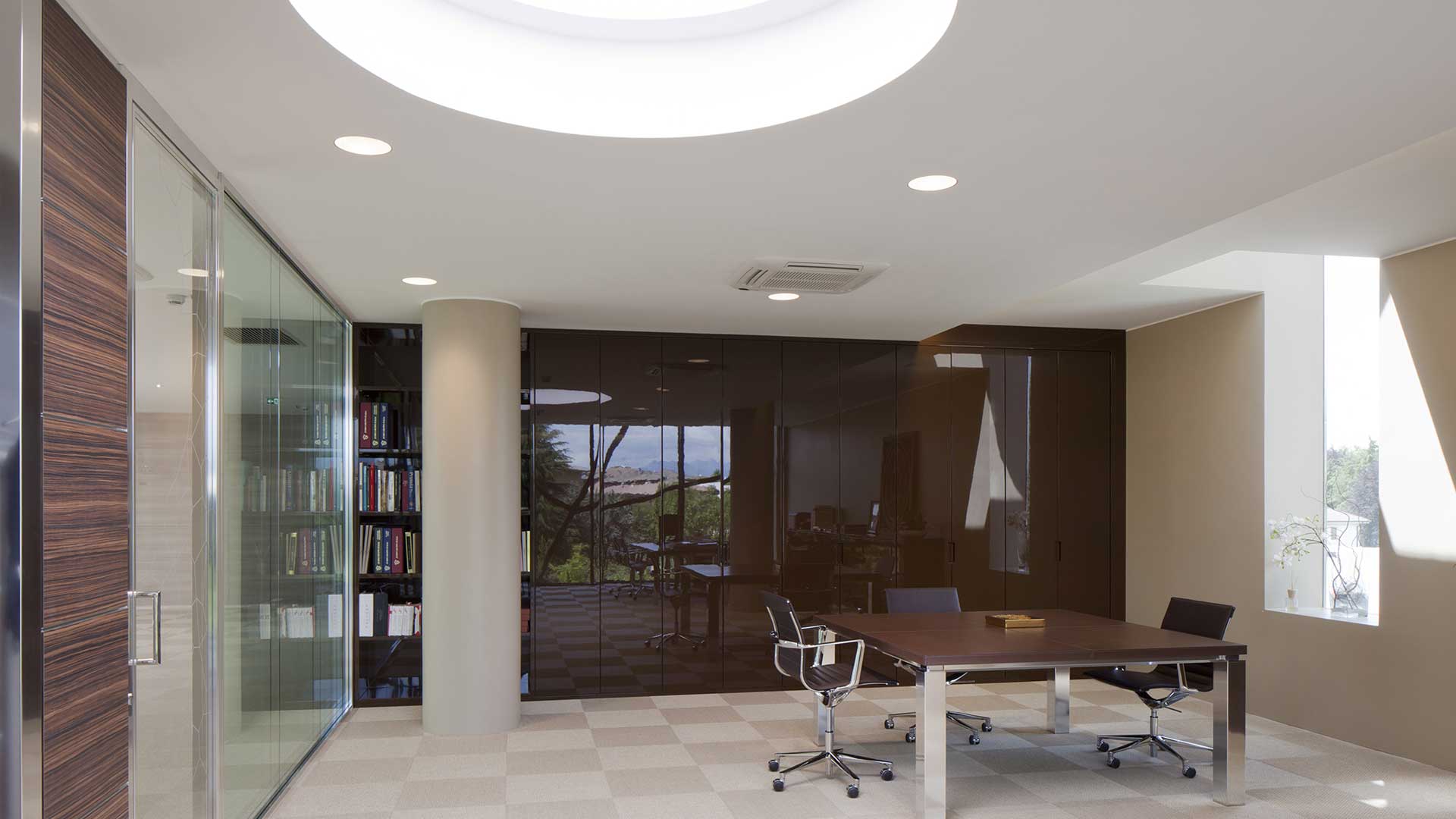Integrating the circadian rhythm into our lighting has become more and more popular thanks to the evolution of technology in the last decade.
Light influences our perception of the space.
Natural and artificial lighting plays a fundamental role in our everyday lives. In the last decade, architects and light designers have begun to understand the correlation between the implementation of proper lighting layouts and systems and the increase in workers’ productivity and wellbeing.
For many year lightening systems were limited to a consistent 500 lux output forcing individuals to work with the same level of light all day. Furthermore, cubicles typically lacked a source of natural lighting, this would negatively impact mood and productivity while confusing our biological clocks.
Luckily, with the progression of human centered design workers needs were put first when considering spatial layouts, and now when talking about human centric lighting, circadian rhythms are a particular interest.
Why the Circadian Rhythm is Important?

A mere two years ago, three researchers Jeffrey C. Hall, Michael Rosbash and Michael W. Young won the Nobel Prize of Medicine by discovering the effects of the Circadian Rhythm on the internal mechanisms of living beings. Nature, animals and humans have their biological clocks synchronized with the solar day and the various light phases throughout the day and night. This process influences their behavior, hormone levels, sleeping phases, metabolism and general health.
With the awareness of how external stimuli are essential for our wellbeing, lighting landscapes inside the office are adapting and becoming more dynamic, adjusting themselves according to the external lighting present throughout the day.
The Monza Method, an Italian Example of Excellence
The Monza Method is an italian example of this new approach, born from the experience of lighting designers such as Francesco Iannone and Serena Tellini, by adapting the principles normally used for museums and exhibitions. Starting from the concept of creating an emotional light setup, able to inspire people during the working hours, they created a system that allowed internal lighting to change according to the natural rhythm.
This way the atmospheric lighting is constantly changing during the day following our biological clocks tricking our bodies into thinking we are outside by modifying light temperatures and shadowing effects.
Coelux, a Lighting Window Able to Reproduce Natural Light

By following the same principle through a different application, CoeLux developed an “artificial lighting window” which reproduces the cycle of the sky and sun in an indoor environment. It looks like a James Turrell artpiece, like a hole in the ceiling and, thanks to nanotechnologies, it displays the perfect color of the sky during the various phases of the day. It influences people’s wellbeing both physically and mentally and contributes to the reduction of stress inside the workspace.
IOT – When Technology and Lighting Merges together

All the systems mentioned above aren’t single and isolated elements, but lighting objects that need to be connected with one to another to create controlled lighting environments. IoT (the Internet of Things) is a method that allows lights and technological systems to talk with each other and get easily programmed by lighting designers, using WI-FI and/or Bluetooth. Many have experimentational vocal commands systems and sensor technologies that can register movement inside rooms that are essential to regulate – switching them on and off and changing the intensity of the lighting.
The future of office lighting will be focused on efficient systems capable of optimizing the presence of natural and artificial light, benefitting workers’ wellbeing and positive impacting costs and environmental sustainability.
Lighting pollution is one of the largest problems affecting our cities, even if people seldom talk about it!
Useful Links
